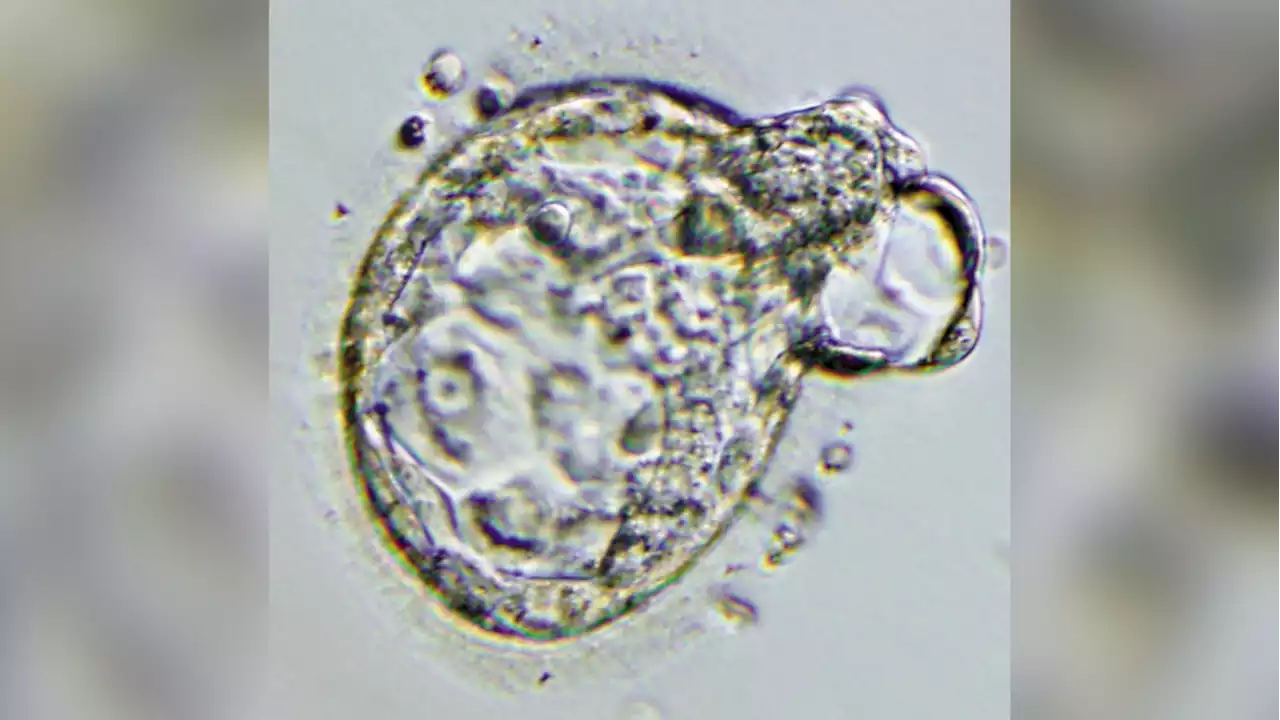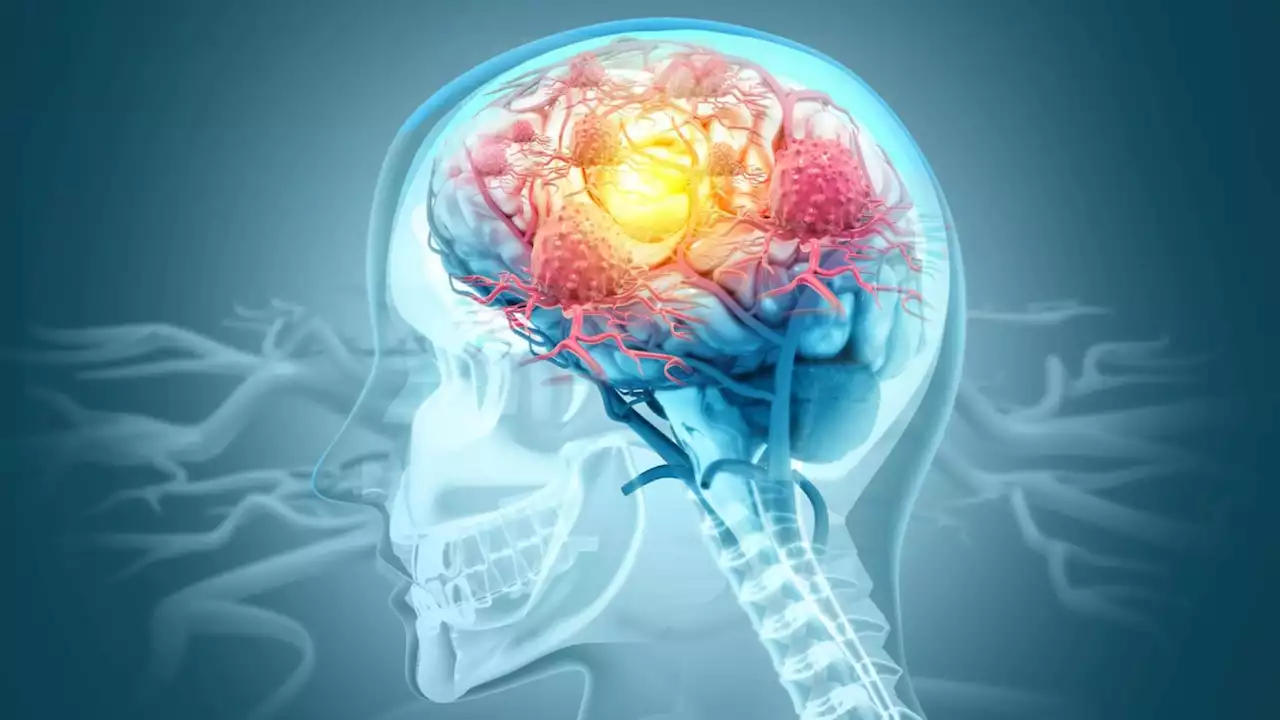Scientists have used stem cells to create structures that resemble human embryos in the lab, in a first that has prompted calls for stricter regulation in the rapidly advancing field.
Several different labs around the world have released pre-print studies in the past seven days describing their research, which experts said should be treated with caution as the research has not yet been peer-reviewed., which can become any type of cell, to self-assemble into a structure that resembles an embryo—without needing sperm, an egg or fertilization.
The first announcement was last Wednesday, when Magdalena Zernicka-Goetz of Cambridge University and the California Institute of Technology described her team's work at the International Society for Stem Cell Research'sOn Thursday, the team of Jacob Hanna at the Weizmann Institute of Science in Israel published a pre-print study detailing their own work on stem cell-based human embryo models.of their own, giving more information.
Within a few weeks of each other in August last year, both the Zernicka-Goetz and Hanna teams published papers about their work creating the first embryo-like structures usingBoth teams told AFP that their new studies had been accepted by prestigious peer-reviewed journals—and that they had presented their work at conferences months before the recent media attention.Dr Jacob Hanna working at Israel's Weizmann Institute of Science last year.
Other researchers seemed to agree that Hanna's models were more advanced, also praising his team for using only chemical and not genetic modifications to coax the cells into embryo-like structures.
United States Latest News, United States Headlines
Similar News:You can also read news stories similar to this one that we have collected from other news sources.
 Scientists Use Stem Cells to Create Model Human Embryos“I’d like to emphasize that these are neither embryos, nor are we trying to make embryos actually,” Dr. Jitesh Neupane, of the University of Cambridge’s Gurdon Institute, said.
Scientists Use Stem Cells to Create Model Human Embryos“I’d like to emphasize that these are neither embryos, nor are we trying to make embryos actually,” Dr. Jitesh Neupane, of the University of Cambridge’s Gurdon Institute, said.
Read more »
 Scientists develop model human embryo with beating heart cells and bloodThe features were created in the lab using embryonic stem cells, which were then inserted into a specially built spinning container that functions as an artificial uterus.
Scientists develop model human embryo with beating heart cells and bloodThe features were created in the lab using embryonic stem cells, which were then inserted into a specially built spinning container that functions as an artificial uterus.
Read more »
 Rocket Lab's modified Electron rocket HASTE achieves first suborbital launchThe modified version of the company's Electron Rocket blasted off from NASA's Wallops Flight Facility on Saturday, June 17.
Rocket Lab's modified Electron rocket HASTE achieves first suborbital launchThe modified version of the company's Electron Rocket blasted off from NASA's Wallops Flight Facility on Saturday, June 17.
Read more »
 How to organize your lab purchases and inventoryChristina Termini’s tweet on her do-it-yourself system for managing lab inventory went viral. Here’s how to implement the tool AcademicChatter
How to organize your lab purchases and inventoryChristina Termini’s tweet on her do-it-yourself system for managing lab inventory went viral. Here’s how to implement the tool AcademicChatter
Read more »
 HASTE: Rocket Lab's modified suborbital Electron rocket just flew for the first timeRocket Lab has not disclosed the payload it lifted aboard its HASTE booster and it didn't release any specifications about the launch.
HASTE: Rocket Lab's modified suborbital Electron rocket just flew for the first timeRocket Lab has not disclosed the payload it lifted aboard its HASTE booster and it didn't release any specifications about the launch.
Read more »
 A brain injection filled with lab-grown neurons promises to cure epilepsyNRTX-1001 cell therapy reduces seizures by almost 100 percent in two epilepsy patients. Here is how the treatment work and why it's better than surgery.
A brain injection filled with lab-grown neurons promises to cure epilepsyNRTX-1001 cell therapy reduces seizures by almost 100 percent in two epilepsy patients. Here is how the treatment work and why it's better than surgery.
Read more »
